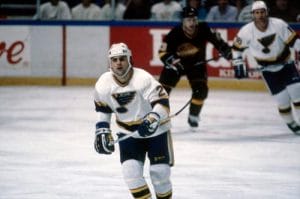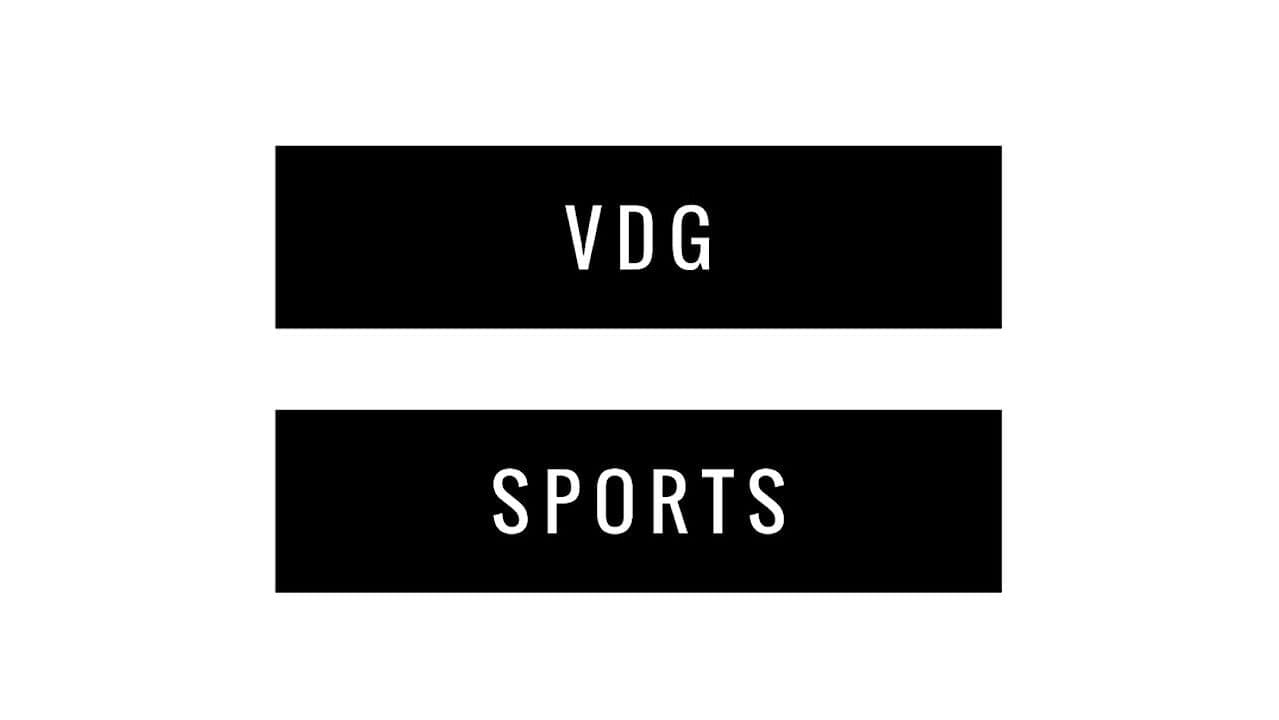The Ultimate Guide to NHL Rules: Understanding the Ins and Outs of the Game
Ice hockey is a forceful and exhilarating sport that captivates fans with its lightning-fast pace and bone-crushing checks. However, to truly appreciate the game, one must first understand its intricate rules and regulations that govern every move on the ice.

The Basics: A Breakdown of NHL Rulebook
The NHL rulebook serves as the guiding force for all hockey games played within the league, ensuring fair and structured gameplay. From penalties to offside calls, these rules dictate the actions of players and teams on the ice. Understanding these regulations is crucial for both die-hard fans and casual viewers to fully appreciate and grasp the intricacies of ice hockey.
One aspect covered in this guide is penalties – a key component of the game. The rulebook outlines various infractions such as slashing, tripping, or interference that can result in players being sent to the penalty box, leaving their team short-handed on the ice. Additionally, it explores how power plays work when one team gains a numerical advantage due to an opponent’s penalty.
Another important concept addressed is offside calls – situations where an attacking player enters their opponents’ zone ahead of the puck play. The guide delves into how referees determine whether an offside infraction has occurred and what consequences follow.
From icing infractions to faceoffs, this comprehensive guide leaves no stone unturned when demystifying every facet of professional ice hockey ruleset.
Penalties and Power Plays: Understanding Infractions and their Consequences
Penalties and power plays are crucial aspects of ice hockey that can greatly influence the outcome of a game. When a player commits an infraction, such as tripping or hooking, they will serve time in the penalty box, leaving their team short-handed. This creates a power play opportunity for the opposing team to have more players on the ice and score goals.
Understanding infractions and their consequences is essential in comprehending the dynamics of an NHL game. Each infraction comes with its own set of penalties, ranging from minor penalties resulting in two minutes in the penalty box to major penalties leading to five-minute jail time. Additionally, certain infractions can result in a player being ejected from the game altogether.
Power plays often provide teams with a significant advantage as they have more skaters on the ice than their opponents. These opportunities require strong offensive strategies to capitalize on scoring chances and gain momentum during gameplay. Conversely, penalized teams must employ effective penalty-killing tactics to defend against these power plays and prevent conceding goals until their teammate returns from suspension.
As one delves into understanding penalties and power plays within NHL rules, it becomes evident that mastering these concepts is vital for both players competing on the ice and fans spectating from afar.
Offside and Onside: Deciphering the Lines and their Significance
Offside and onside are fundamental concepts in ice hockey that determine the legality of a player’s position on the ice. Offside occurs when an attacking player enters the offensive zone ahead of the puck, while onside refers to a legal position where all parts of the attacker’s body or skate are still within the blue line as the puck crosses it. These lines, called offside lines, serve as boundaries for players’ positioning.
The significance of these lines lies in maintaining fair play and preventing teams from gaining an unfair advantage by having players closer to their opponents’ goal than allowed. Being offside results in a stoppage of play and a faceoff outside of the offensive zone. Onside plays, on the other hand, allow attackers to maintain possession and continue their offensive strategy.
Understanding these concepts is crucial for both players and spectators as they significantly affect game dynamics and scoring opportunities. It adds another layer to appreciate while watching ice hockey matches – observing how teams navigate positioning without violating offside rules can reveal strategic brilliance within this fast-paced sport.
Icing: The Whistle that Stops Play
Icing is a rule in ice hockey that serves as a whistle to stop play. When a team shoots the puck from their own side of the center red line and it crosses the opposing team’s goal line without being touched by another player, icing is called. This results in a face-off back in the offending team’s defensive zone. The purpose of this rule is to prevent teams from simply shooting the puck down the ice to relieve pressure without making an actual play.
Icing can be contentious at times, with some arguing that it slows down the game unnecessarily, while others believe it adds strategy and fairness. It forces teams to make thoughtful decisions when clearing their zones, as they risk losing control of possession if they ice the puck illegally. However, there are exceptions to this rule, such as during penalty kills or if a team is shorthanded due to penalties. Understanding icing is essential for fans and players alike, as it plays a significant role in shaping gameplay dynamics.
Goaltender Interference: The Fine Line between Aggression and Foul Play
Goaltender interference is a crucial aspect of ice hockey that often sparks debates and controversy among players, coaches, and fans alike. It involves the careful balance between aggression and foul play when a player obstructs or makes contact with the opposing team’s goaltender during play. While physicality is inherent in the sport, there are specific rules in place to prevent unfair advantages or potential injuries caused by reckless actions.
The fine line between aggression and foul play becomes particularly significant when it comes to scoring goals. A player may be deemed guilty of goaltender interference if they impede the movement of the goalie within their crease, preventing them from making a save or defending their net effectively. These infractions can result in penalties ranging from minor to major depending on intent and severity.
In order for ice hockey enthusiasts to fully understand this complex rule, it is essential to delve into its intricacies and dissect various scenarios where players have been called out for interfering with goalies’ ability to make saves. By appreciating this delicate balance between aggressive gameplay and acceptable conduct on the ice, fans can better appreciate the thrilling intensity that defines this exhilarating sport.
Video Review and Challenges: How Technology Impacts NHL Rule Enforcement
Video review has become an essential tool in NHL rule enforcement, revolutionizing the way penalties and other game-changing decisions are made on the ice. This technology allows referees to review footage of key plays in real-time or during stoppages to ensure accurate calls are made. Whether it’s determining if a goal was scored legally, assessing the severity of a penalty, or reviewing controversial incidents, video reviews provide invaluable assistance to officials.
However, this advancement in technology also presents its fair share of challenges for NHL rule enforcement. The introduction of video review has added another layer of complexity to an already intricate process. Referees must interpret not only what they see live but also analyze various camera angles and slow-motion replays. Moreover, there is always room for human error when making subjective decisions based on visual evidence alone. Striking the right balance between using technology as a helpful aid while maintaining the integrity and speed of the game remains a continuous challenge for NHL officials.
Overall, technology’s impact on NHL rule enforcement through video review has greatly enhanced accuracy in decision-making processes but also necessitated careful navigation through challenges such as increased scrutiny and potential delays during games. As advancements continue to be made in this field, finding ways to optimize efficiency without compromising fairness will undoubtedly remain at the forefront of discussions surrounding hockey officiating.
Overtime and Shootouts: Determining the Winner when Regulation Time Ends
Overtime and shootouts are used in ice hockey to determine the winner when regulation time ends in a tie. In regular season games, if teams are tied at the end of three periods, an additional period called overtime is played with each team having three skaters on the ice instead of five. Overtime is played for five minutes and if no goals are scored, the game goes into a shootout.
During a shootout, each team chooses three players who will take turns shooting against the opposing goalie one-on-one. The shooters approach from center ice and have ten seconds to attempt a goal. If no team has won after these first six shots (three per team), additional rounds continue until there’s a winner.
In playoff games, sudden-death overtime is used instead of shootouts to determine the winner. Teams play 20-minute periods until one scores an unanswered goal. This continues until there’s a clear winner. Overtimes can extend beyond single periods during playoff games, making them potentially longer and more intense than regular-season overtimes.
